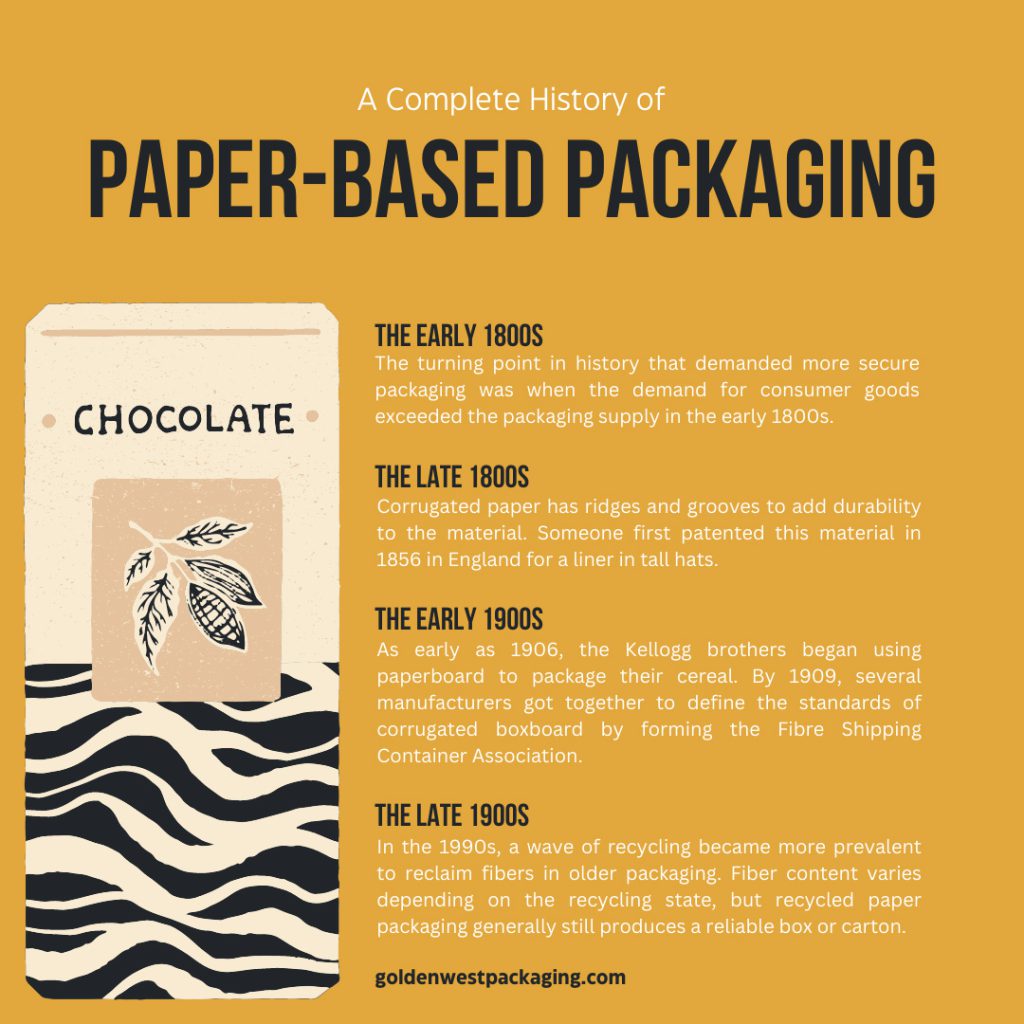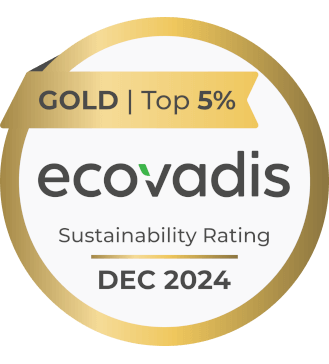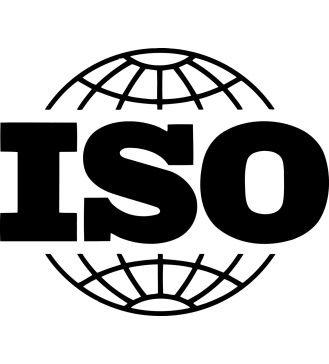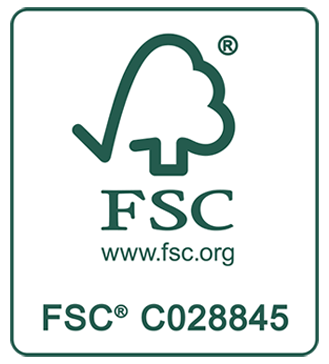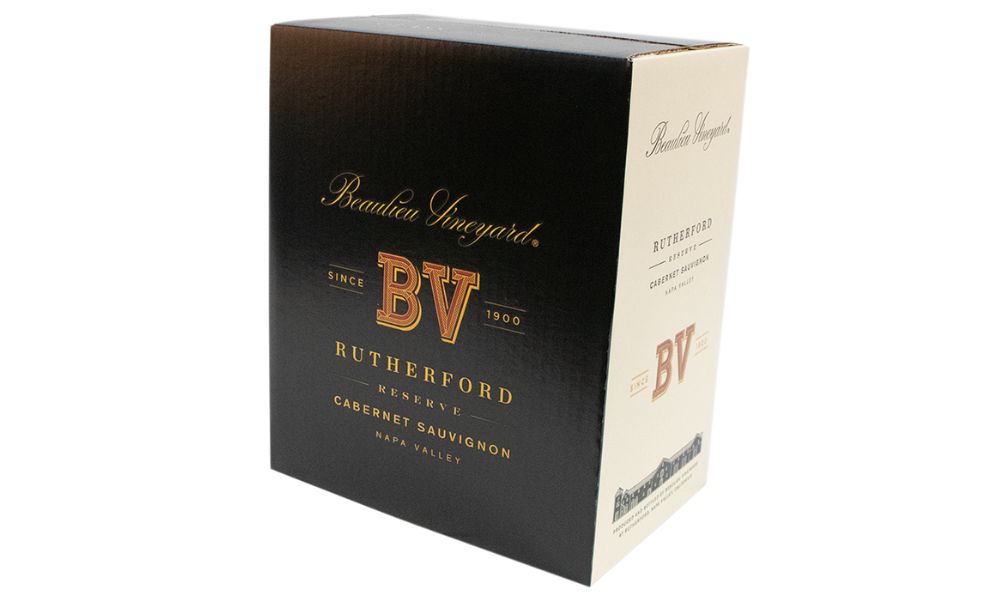
Packaging might not seem integral to our history, but we wouldn’t have the same consumer goods without it. Studying the history of packaging allows us to learn how this invention came to be and how we can pave better paths for our society moving forward. In this complete history of paper-based packaging, you will learn who the original idea came from down to the innovation of the packaging we use today.
If you’re in business with the packaging industry, learning your history can be a valuable tool for curating the packaging of our future. Let’s start with the very beginnings of packaging in our world.
The Origins of Packaging
To understand how we got to where we are with paper-based packaging, we must start from the very beginning. The need for packaging began as early as prehistoric times and ancient civilizations. While there is no record of the first packaging uses in our history, historians know early humanity needed to store and transport their food.
What started as using clay, stones, and sticks quickly evolved to creating pottery or animal hides to store and package food. Historians believe paper originates from ancient Chinese civilizations that used treated mulberry bark to protect and wrap food during the first or second centuries. This is what leads us to the invention of paper and papermaking.
The Invention of Paper and Papermaking
In 3000 BC, the Romans and Greeks pressed the fibrous papyrus plant together to create a paper-like material. In fact, the word paper comes from this Greek word, papyrus, though it isn’t a true paper or the paper we know so well today.
The paper we know originated from the aforementioned Chinese civilizations using mulberry tree bark around 105 AD. We can contribute this invention to a man by the name of Ts’ai Lun, a member of the later Han Dynasty court.
Lun made his paper by shredding the inner bark of the mulberry tree. He then mixed it with hemp, linen, and the juice of a lime to soften the mixture. After beating the mixture to a pulp, Lun added water and used a sheet mold with a woven bottom to help construct the sheets. After draining the water and drying the sheets, the paper was ready for use as a calligraphy substrate, leading to papermaking throughout China, Korea, and Japan.
In essence, the method Lun used is what we still use today. It might not look the same due to our technology, but the fundamentals are there, and Lun’s method is the base of our knowledge. However, it took several hundred years for papermaking to make it to the West.
The Early 1800s
The turning point in history that demanded more secure packaging was when the demand for consumer goods exceeded the packaging supply in the early 1800s. Packaging became essential to expand the reach of customers. It was also necessary to secure a product and ensure its safety in transport.
Hundreds of years after Lun, the English firm M. Treverton & Son invented the first cardboard sheet in 1817. In the same year, Germany invented the cardboard box. However, manufacturers had yet to make these boxes with corrugated materials. Also, paper bags came about in 1844 and underwent mass production with a machine in 1852.
The Late 1800s
Corrugated paper has ridges and grooves to add durability to the material. Someone first patented this material in 1856 in England for a liner in tall hats. However, corrugated packaging didn’t arise until 1871 when Albert Jones of New York City issued a patent. The first machine to mass-produce corrugated boxboard soon followed the patent in 1874.
Then, in 1879, Robert Gair unintentionally invented the first folding carton package. Gair discovered you could cut and crease the carton material to make prefabricated packages. This realization occurred accidentally when one of his machines sliced through a stack of paper bags.
The Early 1900s
The paper-based packaging industry started to pick up more in the 1900s. As early as 1906, the Kellogg brothers began using paperboard to package their cereal. By 1909, several manufacturers got together to define the standards of corrugated boxboard by forming the Fibre Shipping Container Association. The association based these standards primarily on bursting strength, thickness, and measurements through the Mullen tester.
Later, in the 1940s, the demand for water-resistant fiberboards grew after World War II. Kraft board mills and box makers found a way to add water-resistant glue and heavier liners to meet this demand.
The Late 1900s
In the 1990s, a wave of recycling became more prevalent to reclaim fibers in older packaging. Fiber content varies depending on the recycling state, but recycled paper packaging generally still produces a reliable box or carton. This recycling began as early as the 1930s but became much more popular with the recycling boom in the 90s.
The Impact of Paper-Based Packaging Today
When we look at the industry for paper-based packaging today, the growth is exponential. With endless possibilities for constructing paperboard, it’s the ideal choice for packaged goods and their consumers.
However, with the turn of the century and the impact of recycling in the 90s, the need for sustainable and eco-friendly packaging is more common today. What started as recycling to reclaim fibers quickly turned into recycling to protect our environment and rid our landfills of excess waste. For example, the Corrugated Packaging Alliance introduced a Life Cycle Assessment (LCA) test for corrugated paperboard in 2010. This test helps determine the environmental impact of a box or package in its life cycle.
This leads us to packaging innovations today. With smart technology booming, more and more businesses are adding it to their packaging. This includes QR codes, NFC chips, temperature sensors, and more.
As is clear from the complete history of paper-based packaging, we’ve come a long way. Golden West Packaging is proud to be a part of the evolution of paper, and we make it our mission to provide our customers with sustainable, stylish, and efficient corrugated packaging. Be a part of our history by trusting us to create and mass-produce your product packaging.
